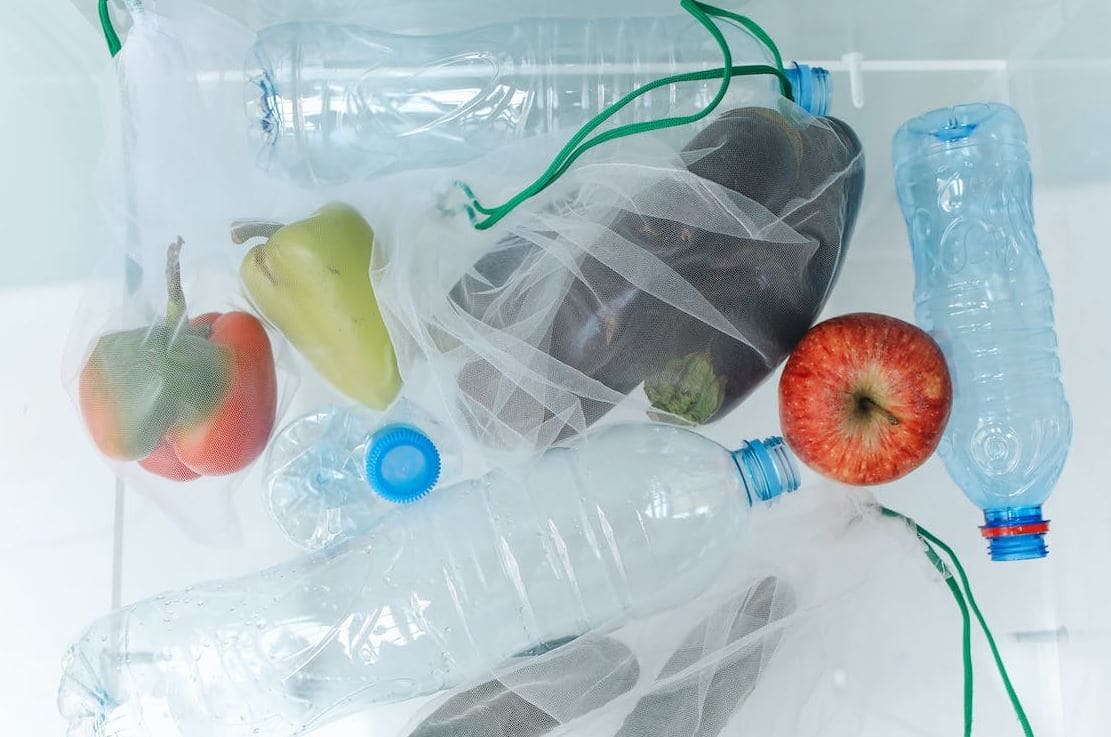Introduction
As online learning continues to gain popularity, several studies have been conducted in recent years to compare it to the traditional classroom-based mode. Each of the two learning modalities presents certain advantages and disadvantages, which point to the differences and similarities between them. While differences may happen based on the impact on teachers and students and the nature of each setting, there are many similarities between the two learning environments, considering what learners and educators are expected to do.
Differences Based on Students and Teachers
Online education and the traditional classroom-based mode differ in how they impact students and teachers. Firstly, online education is student-centered and involves active learning, while in-person learning is teacher-centered and leads to passive learning.1 Students studying online often analyze information on their own, and educators listen to them and respond to their questions, but teachers in traditional classroom settings mostly expect learners to take notes during lectures and ask questions. Secondly, traditional classroom learning enhances practical learning since students can gain hands-on experience, develop skills, and even engage in demonstrations, while those learning online cannot.2 In fields, such as medicine, online learning will be less effective since students require in-hand training, which can only be provided through in-person learning. Lastly, online learning gives students more access to a higher number of program choices than the traditional classroom setting.3 Learners can choose from many different educational institutions across the world. Hence, the two learning environments have notable differences that impact students and teachers.
1. Jasmine Paul and Felicia Jefferson, “A Comparative Analysis of Student Performance in an Online vs. Face-To-Face Environmental Science Course From 2009 to 2016,” Frontiers in Computer Science 1, no. 7 (2019): 2, https://doi.org/10.3389/fcomp.2019.00007.
2. Sanjana Kumari, Hitender Gautam, Neha Nityadarshini, Bimal Kumar Das, and Rama Chaudhry, “Online Classes Versus Traditional Classes? Comparison During COVID-19,” Journal of Education and Health Promotion 10 (2021): 4, https://doi.org/10.4103/jehp.jehp_317_21.
3. Paul and Jefferson, “A Comparative Analysis of Student Performance in an Online vs. Face-To-Face Environmental Science Course From 2009 to 2016,” 3.

Other Differences
The two educational modes differ in several other aspects, including the use of the Internet, the level of flexibility, and the sense of belonging among students. Unlike traditional classroom learning, which is not dependent on a networked system, an online setting requires a good Internet connection and is more likely to be affected by internet interruption.4 Thus, a stable Internet connection and good technological infrastructure should be ensured for web-based learning. Further on, online setting leads to more flexibility and convenience than in-person learning.5 Students can learn remotely and have adequate time for their work and family. Lastly, traditional classroom learning creates a sense of belonging because students feel that they matter more when they engage in face-to-face interactions than when they study online.6 In-person learning provides better opportunities for students to socialize and build relations that make them feel that they matter. Despite these differences, these two learning modalities have many similarities, considering the aspects that enhance quality education.
4. Kumari et al., “Online Classes Versus Traditional Classes,” 3.
5. Kumari et al., 3.
6. Tracy Vaillancourt, Heather Brittain, Amanda Krygsman, Ann H. Farrell, Debra Pepler, Sally Landon, Zacharie Saint-Georges, and Irene Vitoroulis, “In-Person Versus Online Learning in Relation to Students’ Perceptions of Mattering During COVID-19: A Brief Report.” Journal of Psychoeducational Assessment 40, no. 1 (2021): 164, https://doi.org/10.1177/07342829211053668.
Similarities
There are notable similarities in the requirements for students and teachers in both online and in-person learning settings. Firstly, students in both learning environments are expected to attend classes, be taught course material, do coursework, and engage in group projects.7 These similarities help to ensure quality education in both settings. Secondly, teachers are required to develop curriculums, encourage students to study, provide quality instructions to learners, grade assignments, and respond to questions asked by learners.8 Educators in both online and in-person learning environments should use the best pedagogical practices. Therefore, these two modalities have many similarities, considering the responsibilities of both teachers and students.
7. Paul and Jefferson, 2.
8. Paul and Jefferson, 2.
Conclusion
The two learning modalities differ, considering their influence on teachers and students and the nature of each educational setting, but there are many similarities, considering the requirements or responsibilities of learners and educators. Educational institutions should consider the differences between the two and implement changes to develop a learning environment that is more suitable. On their part, students should select the most appropriate learning modality depending on the factors discussed or even consider a hybrid mode.
Bibliography
Kumari, Sanjana, Hitender Gautam, Neha Nityadarshini, Bimal Kumar Das, and Rama Chaudhry. “Online Classes Versus Traditional Classes? Comparison During COVID-19.” Journal of Education and Health Promotion 10 (2021): 1–4. https://doi.org/10.4103/jehp.jehp_317_21.
Paul, Jasmine, and Felicia Jefferson. “A Comparative Analysis of Student Performance in an Online vs. Face-To-Face Environmental Science Course From 2009 to 2016.” Frontiers in Computer Science 1, no. 7 (2019): 1–9. https://doi.org/10.3389/fcomp.2019.00007.
Vaillancourt, Tracy, Heather Brittain, Amanda Krygsman, Ann H. Farrell, Debra Pepler, Sally Landon, Zacharie Saint-Georges, and Irene Vitoroulis. “In-Person Versus Online Learning in Relation to Students’ Perceptions of Mattering During COVID-19: A Brief Report.” Journal of Psychoeducational Assessment 40, no. 1 (2021): 160–169. https://doi.org/10.1177/07342829211053668.


